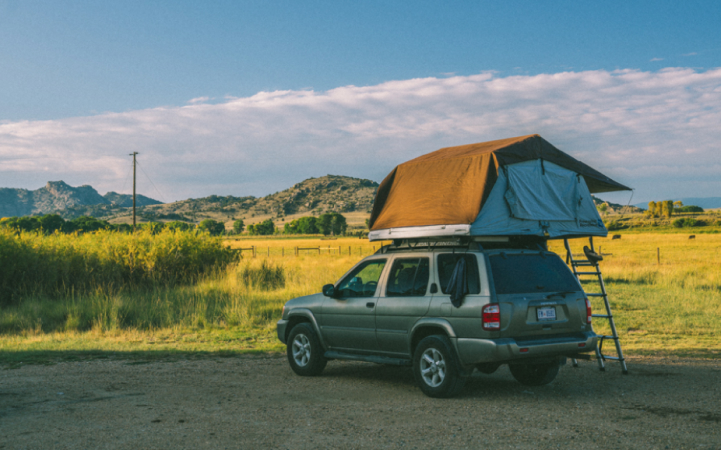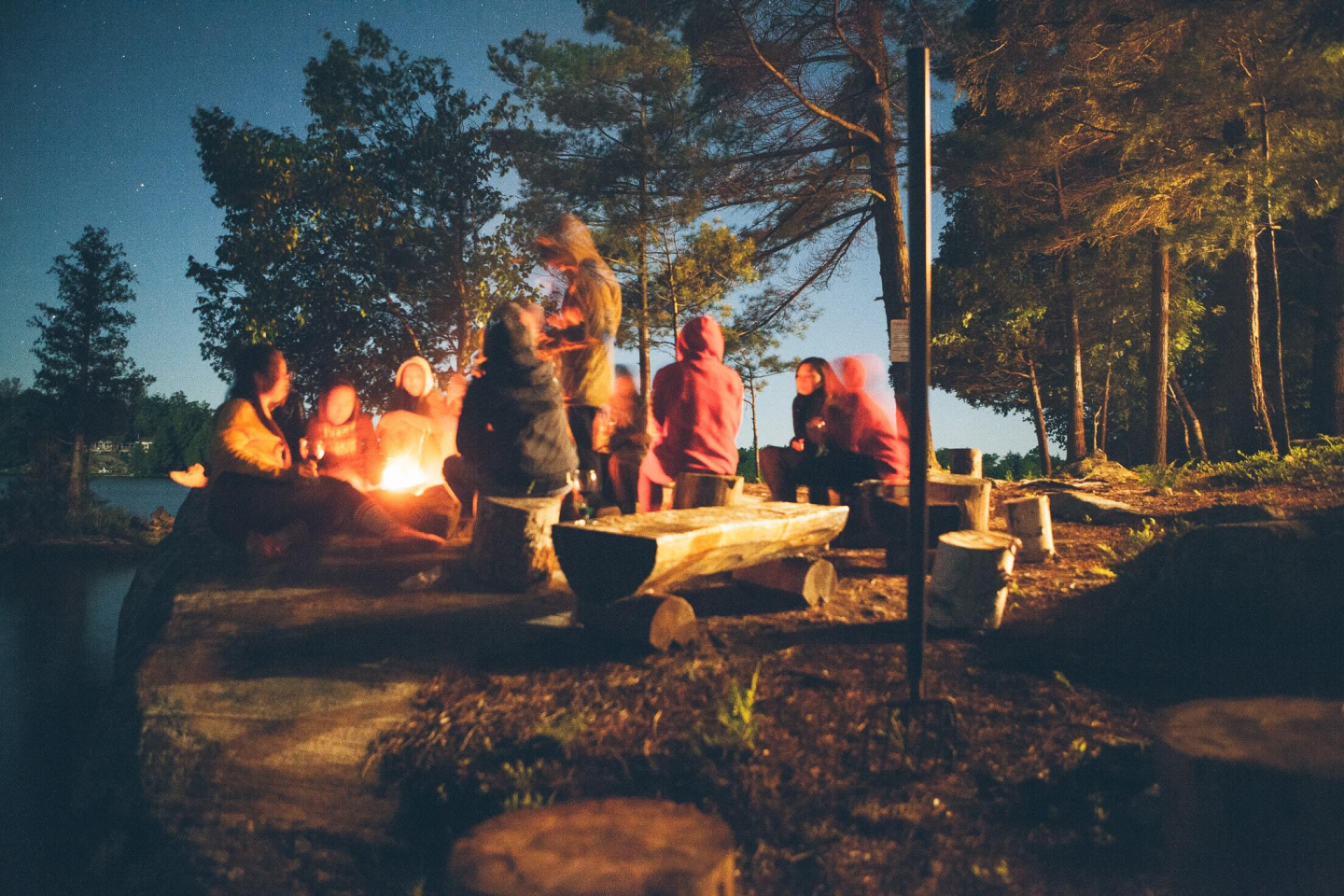Organic Content Strategy Drives $2 Million in Annual Sales
+425%
Impressions
+420%
Traffic
+200%
Revenue
- Services
- SEO
The Background
Our client is a major Colorado-based outdoor gear company that designs, builds, and sells camping gear to make camping easy, accessible, convenient, and comfortable for campers of every experience level.
The Landscape
When our client entered the market in 2015, they faced a lot of competition from more established players who dominated the market with brand recognition and a long list of press accolades.

Our Objective
When we came on as this brand’s digital marketing partner in 2018, we determined that one of the best ways to break into the market was through organic search. And we would do that by growing the company’s search visibility for awareness-level “discovery” keywords, rather than consideration/decision level branded keywords.
For example, someone who searches for “roof top tent” in Google may have never heard of our client. But if their website appears as a top result, that person will discover the brand.
This is called an impression. If our search engine listing inspires the user to then click through to our client’s website, they become part of the site’s organic search traffic. And ideally, some of these searchers will become customers — especially if the content on the website is aligned to their search intent — contributing to our organic search conversion rate.
The more impressions we can generate, the more traffic we can drive — and with quality content, the more revenue we can bring in.
From the beginning, our objective with this client was to use keyword-supplemented and persona-driven content to dominate organic search, exposing the brand to more and more campers.


The Execution
Our content strategy was developed to speak to the needs, challenges, and interests of their audience personas.
From the homepage to custom landing pages, individual product pages to our dynamic blog, every word and image is crafted to speak to what we know about our client’s ideal customer. It’s also developed in a way that adheres to SEO best practices — for example, Google likes long-form, original content supplemented with quality internal and external links.
We enriched the content with strategic keywords from our database, created through a specialized in-house process. We won’t give away all of our secrets, but we will say we heavily target our clients’ bigger competitors to learn which keywords they’re having the most success with, and work to increase our ranking for these keywords by implementing them in our content.
You can’t just put a super high-value keyword in your site content and expect to rank for it. You have to start small.
Early on in our work with this client, we put a big priority on “long tail” keywords that have low competition (and similarly low search volume). These wouldn’t bring huge numbers of new people to our client’s site, but they would start to build the site’s domain authority with search engines.
This laid the groundwork to eventually allow us to start ranking for more and more competitive keywords.
The ultimate goal was to rank on the first page for our Holy Grail keyword, “roof top tent.” This term is searched an average of 20,000 to 30,000 times a month.
And considering that 75% of all organic search clicks are on a first-page result, that represents a potential of 200,000 clicks a year — not to mention 300,000 impressions. That’s a lot of valuable brand visibility.
The Result
Since the beginning of 2020, we increased the number of keywords that our client ranked for from 1200 to 1800 — a 50% increase.
In that same time period, our client’s two biggest competitors saw a total decline in ranking keywords from 2500 to 1700 — a 30% drop off.
A lot of these keywords are long-tail. But the overall increase made our client’s website highly competitive when it came to big, high-value keywords.
From the end of 2019 to the end of 2020, our client moved from the 4th page of results for “roof top tent” to the 1st page of results.
Our strategy worked. But what did the hard numbers look like?
- 425% increase in impressions
- 420% increase in traffic
- 205% increase in conversions
- 200% increase in revenue
That last metric is the most important – that revenue boost represents a $2 million increase in sales over the course of one year, all from organic search traffic.
Those are purchases by people who may have never discovered our client’s brand otherwise, and now they’re loyal customers.
The Takeaways:
- Organic search can represent your most valuable source of traffic.
- Organic search can connect your business with new customers.
- Organic search is the gift that keeps in giving – do the work to build your business’ organic search visibility now, and reap the benefits for years to come.

